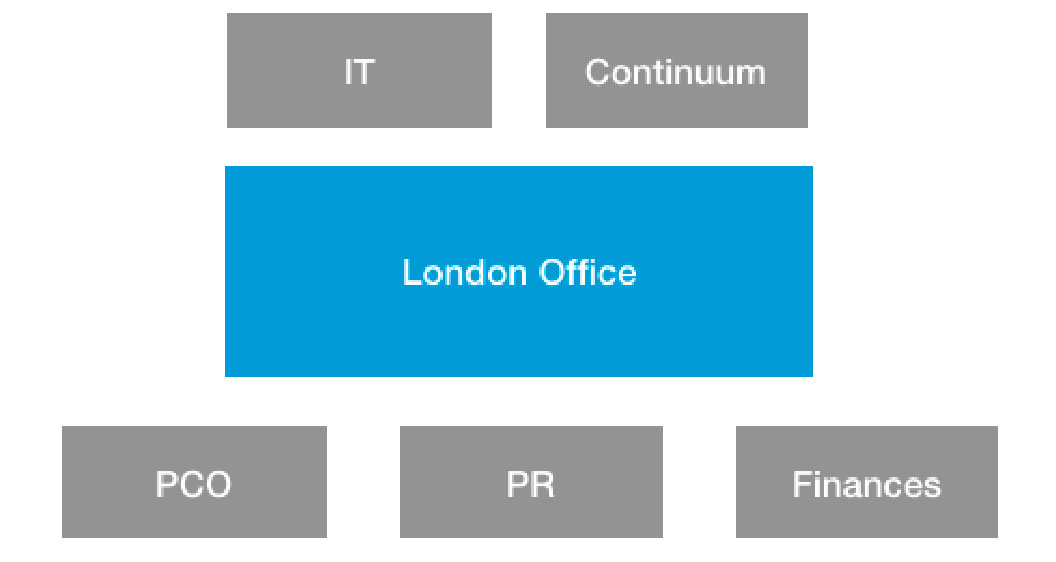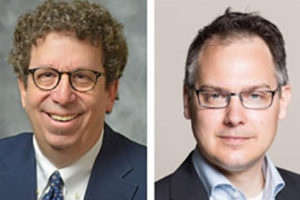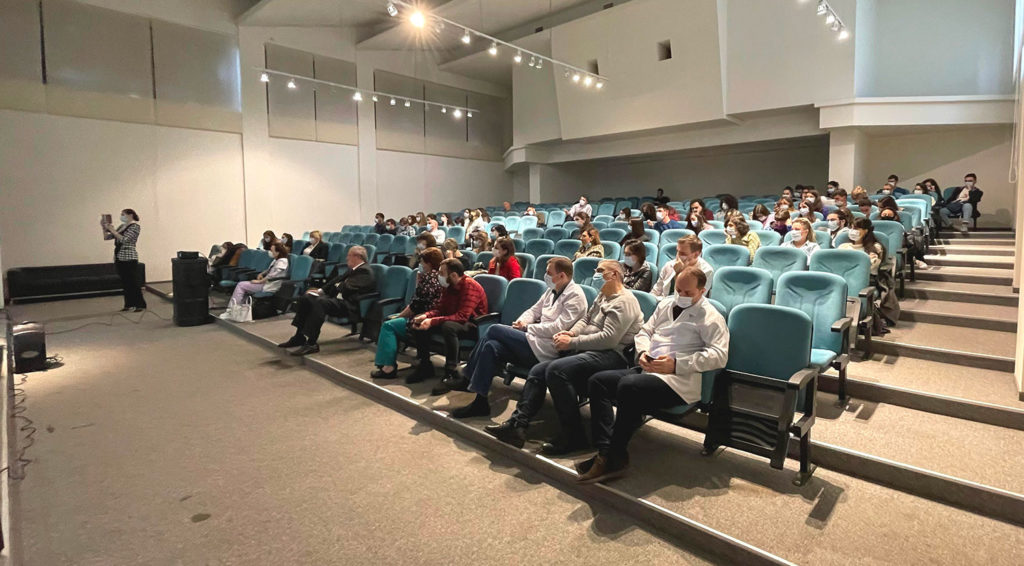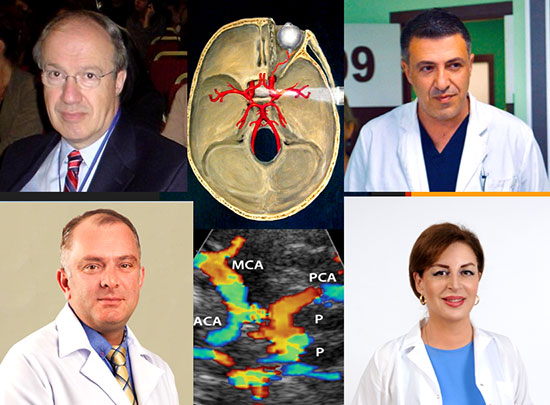By Joost Haan, MD, PhD, BA
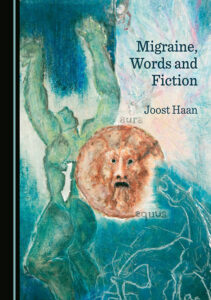 There is no objective test for migraine. Migraine cannot be proven with a scan, blood test, or EEG. The neurological examination during and outside attacks is usually normal. A diagnosis of “migraine” can only be made on the words with which patients describe past experiences. Their words must be “read” to get a diagnosis. Based on sparse, remembered, and metaphorical information, doctors worldwide make a diagnosis of migraine to distinguish it from, for example, tension-type headaches, a diagnosis that is also based on words.
There is no objective test for migraine. Migraine cannot be proven with a scan, blood test, or EEG. The neurological examination during and outside attacks is usually normal. A diagnosis of “migraine” can only be made on the words with which patients describe past experiences. Their words must be “read” to get a diagnosis. Based on sparse, remembered, and metaphorical information, doctors worldwide make a diagnosis of migraine to distinguish it from, for example, tension-type headaches, a diagnosis that is also based on words.
There are strict rules that advise doctors when to diagnose migraine. These rules depend on an agreement. The currently used classification of headache is from 19881 with updates in 2004, 2013, and 2018. Most clinical features mentioned in the criteria for migraine (such as pain severity, pulsating, sensitivity to stimuli) have no reference in reality, except for the words of the patient. This may lead to the question of whether migraine really exists.
The criteria were seen as a major breakthrough and one of the most important developments in the headache field of the last 100 years2. The Danish neurologist Jes Olesen was the main force behind this classification. The preface of the 1988 classification mentions that “mistakes have inevitably been made.” Next to scientific use, the authors expected that the criteria would probably influence how to diagnose patients. Further, they stated that “only patients who really have the disease should have the diagnosis, but on the other hand, all patients who really have the disease should fulfill the diagnostic criteria.” The question here is what it really means in “patients who really have the disease.” How is this reality defined? The words of the patients have to be translated into the criteria. The criteria are used to give a name to a disease state. The “patients who really have the disease should fulfill the diagnostic criteria” make it a self-fulfilling prophesy.
This was recently illustrated in an article with Olesen as co-author. The article starts with: “Only when headache attacks fulfill specific diagnostic criteria consistently does a primary headache disorder occur3. Here, it even seems that the occurrence of the headache depends on the criteria.
Due to the nature of an agreement and not that of a biological test, the criteria are subjected to choices and interpretations. There is always the possibility that these choices and the selection are wrong. As such, the headache criteria strongly resemble a discourse.
There are numerous definitions of “discourse.” Here, I will use the definition of the French philosopher Michel Foucault (1926-1984). For him, “a discourse provides a set of possible statements about a given area, and organizes and gives structure to the manner in which a particular topic, object, process is to be talked about4.” An important aspect of this philosophy is that discourses construct reality and produce meaning. They include and exclude, and form a way of thinking. Discourses are based on arbitrary choices, but sometimes it becomes invisible that these only are assumptions. One had lost sight on the alternatives and the reasons for some of the choices. The human need to provide order, unfortunately, can have negative effects by blocking new thoughts and preventing from thinking otherwise. Such discourses will become the paradigm and make a paradigm shift very difficult. This is also true for the current headache classification.
It may be difficult at first sight to see the role of discourse when we are dealing with a biological process such as migraine. One of the reasons for this role is that natural and biological processes are not fixed and often depend on interpretations, shared opinions, and subjective observations. So, a diagnosis made by doctors can be seen as emerging as something that is simultaneously certain and uncertain. Except for the so-called “evidence-based medicine,” which exists between very narrow borders and must apply to very strict rules, most diagnoses are conceptual entities. This is not a problem as long as one realizes that it is not the “truth” or “reality.”
Foucault asks: “Who has the power to make a discourse?” He stresses the importance of persons with authority in the process4. Founders of discursivity are individuals whose ideas become so important that it is difficult to talk about a given domain without referring back to them. Obviously, Jes Olesen may be seen as the authority in this sense.
His criteria became the “truth” of headache diagnosis. The terminology of the criteria gradually took root in the daily conversation and writings of headache specialists. Although the criteria were created to separate recognizable and “pure” groups of patients for scientific investigations, they became also increasingly used to diagnose patients in daily practice. Thousands of scientific studies were based on the basis of these criteria, mainly published in devoted journals, such as Cephalalgia, Headache, and The Journal of Headache and Pain.
In these publications, it sufficed to mention that the diagnoses were “made according to the criteria of the International Headache Society” when describing the patient groups included. As Lane and Davies (2015) write, “it would now be impossible to publish a paper on headache without referencing the ICHD-3 beta or reiterating the ICHD-3 beta criteria for the headache entity under consideration5.” In most studies, a control of whether the diagnoses of the individual patients were correct was, however, never performed (and was also impossible from the point of view of the reviewers and the publishers of the articles). Medication trials and clinical and genetic studies were based on the semiology of the criteria; drugs were allowed to the market and only reimbursed by insurance companies when used for the “right” diagnosis according to the criteria and studied in the “right” trials.
The sparse criticism arguing that there is no real scientific basis for the classification has been ignored5,6. Nevertheless, the arguments of Shevel and Shevel that the required number of attacks, duration of headache, unilaterality, pulsating quality, severity of pain, and aggravation by activity are insufficiently supported by scientific and clinical observations (not to speak of its self-fulfilling prophesy) seems sound6. They were right in stating that the criteria were mainly based on opinions.
Likewise, Lane and Davies argue that “the ICHD-3 beta criteria have assumed a status that is not justified by evidence5.” It may be said that although the criteria are not the “truth” they have produced the reality of the headache patient. No doctor, scientist, or patient can ignore the discourse produced by these criteria, based on opinions and inclusions and exclusions. In 2014, Olesen admitted that there are “some problem areas” in the classification, but in the meantime also emphasized that there are “no competing classifications7.” Indeed, this is a dominant discourse.
The separation of “migraine” from other headache types is artificial, the distinction by criteria leads to a process of inclusion and exclusion. The headache diagnoses only exist due to the internationally accepted agreements of the dominant discourse offered by the International Headache Society. In fact, there is no place for alternatives, as even the inventors of the criteria admit themselves.
However, the reality of someone with “migraine” might not differ very much from that of someone with “tension-type headache.” There is much overlap between the various headache types, not only clinically, but also with regard to treatment. Also, different headache types often co-occur. The criteria, however, have categorized, split, and unfortunately also stigmatized headache and its sufferers. It even seems that being diagnosed as a migraine patient is a favor in contrast with getting a diagnosis of tension-type headache. Migraine gets more attention in the form of scientific research and funding, and therefore a better chance of effective treatment.
We have to do with the criteria as long as there is no robust identification available of migraine and other headache-types based on genes or other biomarkers. Only then, a transition of a symptomatic to an etiologic classification would be possible. In the meantime, we must rely on the words and the metaphors of the patients. It may be said that it “does not matter what we call migraine as long as all of us agree on what is called migraine8”, but we must always keep in mind the discursive (and therefore sometimes deforming) interpretation of the word “migraine.” The criteria have built a new entity, and its definition only results in a demarcation from other objects. Their significance does not lie in the fact that they offer a most detailed and accurate image of reality, but in the scientific consensus to use the word “migraine” in this particular way and to see this as what is really the matter.
Does migraine exist? Yes, in the form of a discursive definition, but also “No” in its real distinction from non-migraine headache types. In my opinion, this is what one should always keep in mind when dealing with headache patients. •
Joost Haan is a neurologist and headache specialist working in the Leiden University Medical Centre and the Alrijne Hospital, Leiderdorp, the Netherlands.
References
- International Classification of Headache Disorders (1988). Cephalalgia 8, 1-96.
- Tfelt-Hansen, Peer C. and Peter J. Koehler (2011). “One Hundred Years of Migraine Research: Major Clinical and Scientific Observations from 1910 to 2010.” Headache 51, 752-778.
- Mitsikostas, Dimos D., Messoud Ashina, Alexander R. Craven, Hans C. Diener, Peter J. Goadsby, Michel D. Ferrari, Christian Lampl, Koen Paemeleire, Julio Pascual, Aksel Siva, Jes Olesen, Vera Osipova and Paolo Martelletti; on behalf of the EHF committee (2016). “European Headache Federation Consensus on Technical Investigation for Primary Headache Disorders.” Journal of Headache and Pain 17, 5.
- Foucault, Michel. The Archeology of Knowledge. London, Tavistock, 1972.
- Lane, Russell and Paul Davies (2015). Can Migraine be Defined?” Cephalalgia 35, 1339-1340.
- Shevel, Elliot and Daniel Shevel (2014). “The International Headache Society Classification of Migraine Headache – A Call for Substantiating Data.” The Journal of Biomedical Science and Engineering 7, 112-114.
- Olesen, Jes (2014). “Problem Areas in the International Classification of Headache Disorders, 3rd edition (beta).” Cephalalgia 34, 1193-1199.
- Schulte, Laura and Arne May (2015). “What Makes Migraine a Migraine – of the Importance of Disease Classifications in Scientific Research.” Cephalalgia 35, 1337-1338.
Commentary: Does Migraine Exist?
by Richard Stark
Dr. Haan raises some important points that have practical as well as semantic implications.
It is obviously legitimate to raise questions about the definition of migraine when this is based on criteria derived from the patient’s description of symptoms (without objective biomarkers) with the criteria determined by expert opinion. However, there would be few people who would deny the existence of a condition that approximates the current definition and which, one day, may have more precisely defined biomarkers.
If one accepts that a condition approximating the current definition of migraine exists, criteria for diagnosis are necessary to enable research into the underlying biology, including potential treatments. It has been argued that such criteria need to be strict so that studies of “migraine” exclude borderline, atypical, or “non-migrainous” cases from research studies to improve power and precision of conclusions.
A problem arises then when the same criteria are used in clinical practice. Borderline or atypical cases may share biological features with strictly defined migraine and may, for example, respond well to treatments for migraine. If the strict criteria for defining migraine are used by insurers or other health funders, these patients may be disadvantaged.
The distinction between migraine and tension-type headache (TTH) is an example of this dilemma. There appears to be a range of clinical opinion about the practicalities of distinguishing between these disorders. Some take the view that with detailed and directed history taking, most patients with disabling headache initially considered to be TTH will prove to meet criteria for migraine. As Dr. Haan points out, many effective treatments have been established for migraine and few for TTH, so patients carrying the diagnosis of TTH are disadvantaged compared with those carrying a diagnosis of migraine.
The incidence of migraine is so high that it is tempting to believe that we all have the pathophysiological substrate for this disorder which, if sufficiently provoked, may produce the clinical picture of migraine. Of course, some are clearly more susceptible than others, resulting in a range of thresholds and severity. This may help explain why some, but not all, patients suffering from mild traumatic brain injury, or idiopathic intracranial hypertension, or COVID-19 (for example) develop persistent headaches with a migrainous phenotype. These headaches would be considered secondary headaches under ICHD3, but may, in some cases at least, respond to migraine treatments.
I believe we would all accept that objective diagnostic criteria based on biomarkers derived from a sound understanding of the pathophysiological basis for migraine are preferable to the current consensus-based criteria derived from the patient’s history. But at present, no such biomarkers exist, and the ICHD3 criteria seem to most to be a practical solution. The ICHD has justifiably been considered one of the foundations on which our rapidly expanding understanding of migraine is based. We must remember however that these criteria can and must be changed as more information becomes available, and the criteria have been written primarily to ensure “purity” in clinical research studies rather than as a constraint to clinical practice. •
Richard Stark is treasurer of the WFN.
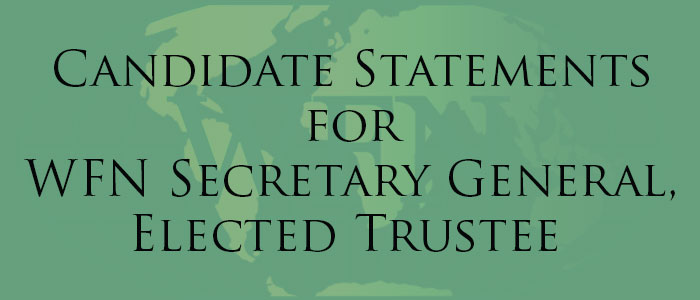
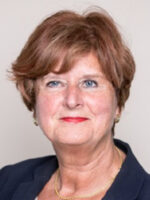
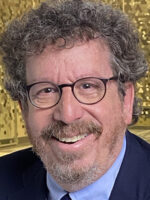
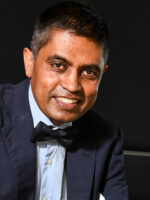
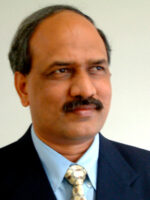

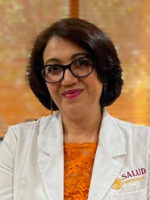
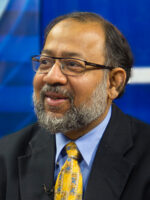
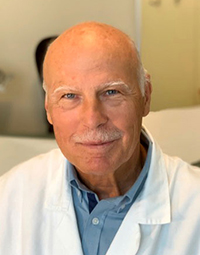
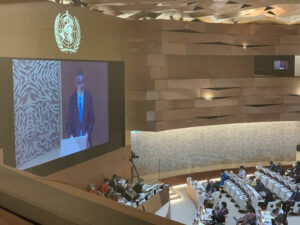

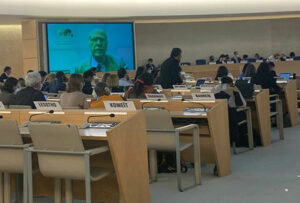
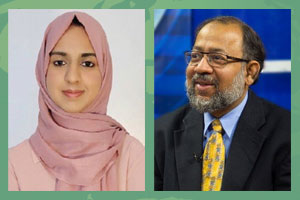
 In March, the Nominating Committee of the WFN invited nominations for the positions of:
In March, the Nominating Committee of the WFN invited nominations for the positions of: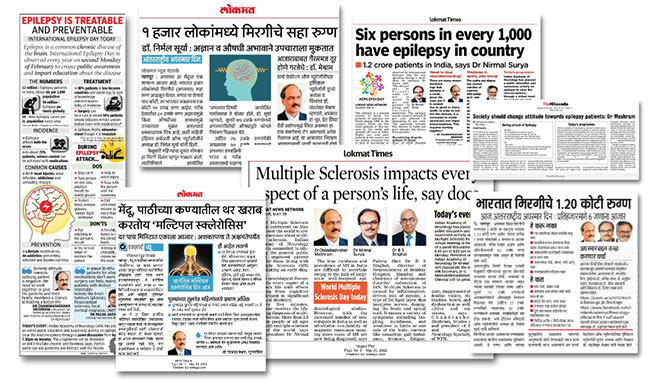 The Indian Academy of Neurology is highly committed to public education and awareness activities regarding neurological disorders. It carries these events throughout the year. The idea is to educate general public about the disorders in order to help them for early diagnosis and better patient care. In view of the COVID pandemic, these activities were organized as virtual meetings and were well attended. The audience also got the opportunity to interact with the experts.
The Indian Academy of Neurology is highly committed to public education and awareness activities regarding neurological disorders. It carries these events throughout the year. The idea is to educate general public about the disorders in order to help them for early diagnosis and better patient care. In view of the COVID pandemic, these activities were organized as virtual meetings and were well attended. The audience also got the opportunity to interact with the experts.